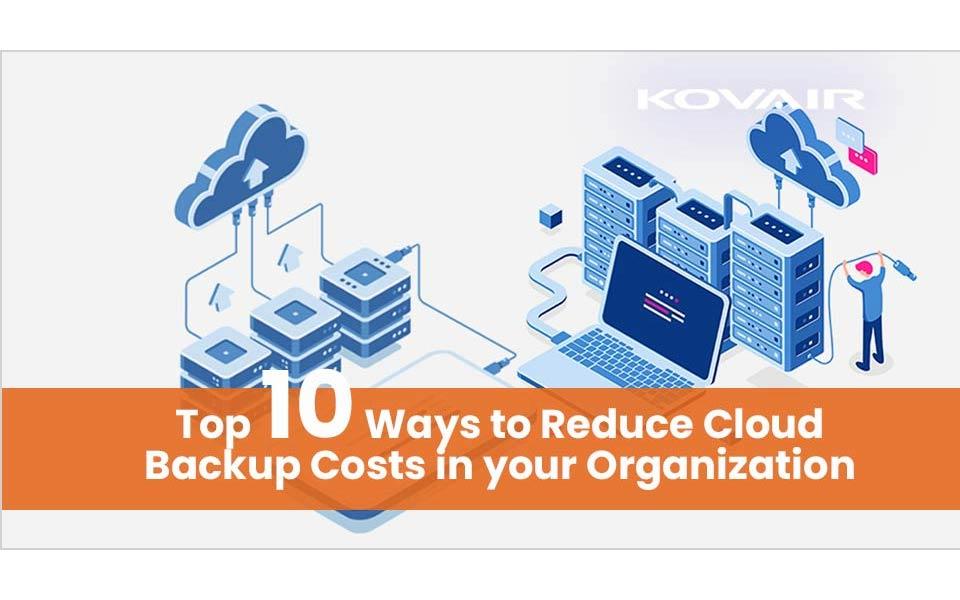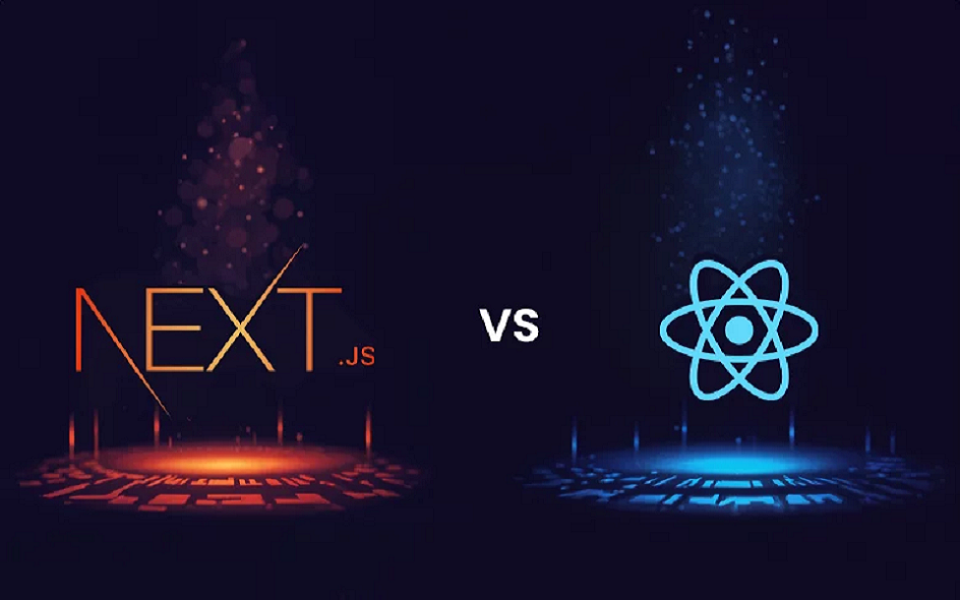Reducing cloud backup costs are more important than ever in this era of extreme volatility where organizations are forced to reckon with sudden and unpredictable changes. Controlling costs is not only critical to bringing revenues into alignment but also for retaining key resources that may be needed in the future.
Here are the top 10 ways to recalibrate your budgets to reduce cloud backup costs and reexamine the cloud expenses without major disruptive changes and additional risk.
Develop a framework to make decisions
Assess and prioritize savings opportunities
It is important to understand what you’re currently spending on cloud services. You’ll want to look at the entire picture by employing a systematic approach that gives a correct assessment of the network, storage and computes infrastructure. To leverage the process, it is essential to use tools that can calculate the potential savings rather than just summarizing current costs.
For example, what data is being stored in the cloud? How much of it is there, and where is it located? Once you know what’s out there, create a detailed list of all your cloud assets to understand where cost savings opportunities may lie in the future.
Align storage redundancy with requirements
Consider what type of data protection strategy best fits your organization’s needs and what kind of redundancy your organization needs? There are a couple of backup types to choose from:
- Full Backup—Replicates every byte of data from one site to another.
- Differential Backup— All the data changed since the last full backup is backed up.
- Incremental Backups—Only that data is backed up that has been changed since the last full or incremental backup.
Services like Amazon S3 cloud, Azure’s blob storage and other S3 compatible clouds like StoneFly’s cloud backup solutions offer configurable redundancy. Reduced redundancy configurations for non-critical data can bring down your costs and save you a lot of money.
Segment and prioritize your inventory
Segment your inventory into groups based on usage patterns (e.g., active vs archive) or cost-driving factors (e.g., CPU cycles consumed vs the amount of storage used). The goal here is not only to get an accurate picture of what’s going on with your current spending habits but also to set yourself up for future budget analyses.
These segments will be used as benchmarks for comparison against new costs incurred as a result of optimization strategies such as migrating workloads between providers or making strategic decisions about whether specific applications are better suited for deployment within private clouds versus public ones—and if so which ones should go where!
Consider the business value of your data to inform your backup strategy
The value of your data is often determined by factors such as the importance of the data and how much it would cost to lose. The following are some examples:
- The cost of losing important documents, files or records.
- The cost of downtime for critical systems that support your business functions.
- The costs associated with not meeting compliance requirements (e.g., HIPAA and Sarbanes-Oxley).
- The costs associated with a security breach lead to personal identity theft or loss of customer trust in you as an organization.
Choose your cloud provider wisely
The cloud provider you choose for your backup infrastructure will significantly impact your costs. It is therefore crucial that you choose a provider with the following characteristics:
- A good reputation
- Experience in your industry
- A track record of delivering on their promises
- Offers a complete cloud solution.
Reduce cloud backup costs by optimizing computing costs
Identify idle compute resources
Identify peak and off-peak periods for your data workloads. You can do this by using billing or usage reports, monitoring tools, traffic analysis tools, application performance tools and automation tools.
Start gathering this information so that you can make informed decisions about how best to optimize your cloud backup infrastructure.
Schedule resource usage
Scheduling your resource usage can be done at the infrastructure or application levels. At the infrastructure level, you schedule when to turn on and off your resources, such as storage and compute buckets. At the application level, you schedule when data needs to be backed up; this reduces peak loads on your storage volumes and reduces costs considerably.
Reduce costs of storage infrastructure
Use storage tiering to optimize data usage
Tiered storage is another option for managing capacity and maximizing performance, recovery time objectives (RTOs) and ROI (return on investment). Consider the following tiers:
Archive Tier: You should archive and store only the data that you need long-term but isn’t accessed frequently. This can be a good way to reduce costs and free up space on your cloud drive for other things.
Cold Tier: This level of cloud backup is for data that you don’t need to access often. It’s usually used to store backups that are no longer in use.
Warm Tier: This is similar to cold storage but only contains data from specific applications or systems that have been inactive but are still accessed sometimes.
Hot Tier: This tier hosts current application data and will be accessed regularly by people working with those applications (for example, legal assistants who need access to company contracts).
Reduce the costs of network
Optimize your network configurations
The network is the first line of defense in securing your data, but it can also be a major cause of high backup costs. The use of compression and dedicated connections are common ways to save on bandwidth.
A dedicated link means that only specific systems will send data to the cloud. This reduces congestion and eliminates bottlenecks.
If you’re still experiencing bandwidth issues even after considering these measures, it may be necessary for you to increase bandwidth or add more connections between your servers and data center (s).
Deploy distribution and caching solutions
Distribution and caching solutions can significantly reduce cloud backup costs. Caching keeps frequently accessed data in a fast storage medium, while distribution stores the data in multiple data centers. If one of the locations is unavailable, the other sites will still have access to data.
Play smart and leverage the technology
Use machine learning and analytics for smarter cost management
Automating through machine learning and analytics can help you identify cost issues more quickly by eliminating manual tasks and human errors, which are both time-consuming and expensive. For example, you might have a server that is being under-provisioned and another that is over-provisioned. Storage tiering technologies like automated storage tiering can rectify this issue.
Automation also allows you to improve efficiency by reducing the amount of labor required for certain tasks (such as backups) or by reducing the number of steps involved in performing trivial actions (such as making sure backups have been completed).
Use metrics to justify your spending
If you are going to spend money, it is only fair that you should have evidence of its value. You need to track your spending, including cost allocation and tagging and tools for tracking your spending. If possible, regular checkups on bills will help reduce inefficiencies in the future—but don’t forget to train staff, so they know what you are paying for.
Finally, analytics provides an opportunity to accurately predict future costs by assessing past performance and measuring trends against historical data. Keep a close eye on data growth trends and projections to plan for capacity needs. When you notice that the trend is increasing at a certain rate, it’s time to make a projection based on those trends. You can then use this information to plan for capacity needs in the future.
Use compression and deduplication to maximize the efficiency of your backups
Compression and deduplication are two ways to reduce the size of your data. Compression can compress files, so they take up less space. You’ll need less storage space and pay less per gigabyte. Deduplication eliminates redundant data within backups, which also helps decrease storage needs and costs.
Bottom line
The decision to move your data to the cloud is just the beginning of your savings. These ten tips can help you reduce cloud backup costs throughout the life of your infrastructure.
We recommend using purpose-built cloud backup solutions to have more control over costs and increase your return on investments.
Source: Top 10 Ways to Reduce Cloud Backup Costs in your Organization


































